The most common belief about fat loss is that when you lose weight, your body converts its fat into energy. While somewhat accurate as a general concept – everything is energy, after all! – the statement brings up a lot of misconceptions about where that fat actually goes.
So, what really happens when you work out and try to shed those extra pounds? Here’s how science explains what happens to your fat when you lose weight.
Fat Does Not Become Energy
There are lots of misconceptions about what happens to fat when you lose it, beyond just the general “it becomes energy” statement.
People also believe:
- The fat turns into muscle. This statement cannot be true because fat and muscle have very different properties.
- The fat leaves the body with waste material, like a “toxin”. This concept cannot be true because fat is not waste and is not passed out of the body when you go to the toilet.
- The fat turns to heat. This thinking cannot be correct because there’s no way to turn something into the concept of “heat.”
- The fat simply disappears. This idea cannot be accurate because fat can’t just disappear, as conservation of mass as a law means that matter can’t be created or destroyed – only shifted or moved around.
These are all inaccurate, as you can see. But if you believe any of these things, keep your positive thinking, as you’re not alone! Surprisingly, even healthcare professionals are grossly misinformed about the process of body weight regulation. That’s right, even those who study or specialize in obesity or weight loss may have misconceptions about the process.
A survey of 150 individuals working in relevant fields – including dieticians, doctors, and personal trainers – revealed that over 50% of them believe fat converts into energy or heat during weight loss. This result raises a lot of essential questions about the world’s obesity epidemic and how poorly prepared professionals are for it.
Understanding The Concept Of Intake
When you consume things, you’re bringing in a lot of things to your body. The food and drinks you take in are broken down by the body into tiny little nutrients and component bits that spread throughout your body. Some of these components fuel bodily processes, while others are simply stored. Here’s what you need to know about the process:
-
Weight Gain
Weight gain occurs when we take in an excess of components. When you overeat food, the carbohydrates and proteins (and fats) have extra parts that you can’t use.
-
Triglycerides
Extra components typically convert into something suitable for your body to store: triglycerides. Within those triglycerides, you’ll find carbon – and you need to release that carbon to get rid of the fat.
-
Fat Cell
Excess components are stored within liquid known as lipid droplets, which live inside fat cells called adipose cells. Eventually, those adipose cells send the fat back out in that triglyceride form.
-
Oxygen
There’s another component that a lot of people forget about – oxygen. After all, isn’t oxygen a part of your everyday intake? The average person takes in around 600 grams of oxygen per day at a minimum. You need to consider that part of your daily intake, or you won’t be correctly calculating the amount that you consume, restricting positive weight loss results!
-
Body Efficiency
Our bodies don’t have a very efficient way to convert everything properly from fat to triglycerides to carbon again. We’re not 100% fat-burning machines, and many chemical processes need to happen!
How You Can Lose Fat
Many people only focus on joules or calories when they think about losing weight, but there’s more to the science of fat loss than just that. The human body stores fat as a survival mechanism.
Fat stores can fuel body processes, and to use up these stores, chemical processes create carbon dioxide and water as byproducts. This means that fat isn’t just going out one way – it breaks down through several different processes. You don’t only “lose” fat – you excrete it, gross as it sounds!
The remnants and components of fat are lost through:
- Urine
- Breath
- Sweat
An easier way to understand fat loss is by weight instead of calorie counts. You have to consider how much you eat and drink daily and how much it all weighs. For example, if you consume a total of 4 kg worth of food daily, most of that weight will be water, with likely less than 1 kg of solid macronutrients and less than 100 grams of fiber. On top of that, you will also breathe in around 600 grams or more of oxygen.
With 4kg of consumables and 600 grams of oxygen, you are consuming 4.6 kg of weight. This math means you need to get rid of more than that amount if you want to lose weight. On average, a person weighing 75 kg will naturally expel around 590 grams of carbon dioxide in a single day – but that’s it! The rest of the weight will have to leave by some other means.
Diet and exercise
Weight loss via working out or a careful diet can shed the rest of that weight and fat. Research shows us just how much fat can convert into something else. Here are some measurements of fat to consider when you’re trying to achieve positive weight loss:
- 22 pounds of fat (or 10 kg of fat), when burned, turns into 18.5 pounds (or 8.4 kg) of carbon dioxide
- The carbon dioxide from fat exhales normally
- 22 pounds of fat (or 10 kg of fat), when burned, turns into 3.5 pounds (or 1.6 kg) of water
- The water from fat is excreted through the standard means – in sweat, urine, tears, etc.
- To completely remove 22 pounds of fat (or 10 kg of fat), you need to inhale 64 pounds of oxygen (or 29 kg of oxygen) and burn 94,000 calories
- The process of breaking down 22 pounds of fat (or 10 kg of fat) results in the production of 24 pounds of water (or 11 kg of water) and 62 pounds of carbon dioxide (or 28 kg of carbon dioxide)
This means that a huge majority of the mass of weight loss leaves via carbon dioxide.
In other words, the main excretory organ for your fat is, surprisingly, your lungs! But that still begs the question – what is happening to those fat cells?
The answer is shockingly found in a very old paper dating back to 1949 – and it’s the same paper that modern researchers now refer to in their quest for positive links and research! The paper states that oxygen atoms share themselves at a 2:1 ratio between carbon and hydrogen, thus forming carbon dioxide and water, respectively. This is what led to the discovery that 84% of the atoms in a fat molecule exit the body as CO2, leaving 16% to leave as H2O.
Common Questions About Breathing And Weight Loss
With all that information, some questions are bound to arise. Here are some common concerns and curiosities that many people have after finding out how fat is used up:
-
Will Breathing Deeply Help Me Lose Weight?
A common question one might have after reading this information is whether breathing aids deeply in the weight loss process. Unfortunately, that’s just not how it works! The carbon in our fat cells is locked in place and can only be unlocked through chemical processes, such as the ones you engage in when you exercise.
-
Will Breathing More Often Help Me Lose Weight?
On average, a person breathes 12 times per minute, and each breath exhales about 10 milligrams of carbon dioxide. On average, in a day, that means only exhaling 172 grams of CO2 – not nearly enough! Trying to breathe more often is also hazardous to you – you’ll hyperventilate and make yourself dizzy!
-
Does Breathing Out Fat Contribute To Climate Change?
Absolutely not! The carbon atoms that human beings expel simply return to the atmosphere within a few years or even months, as plants will take the atoms in and release them as food. This is completely contrary to the carbon atoms released from ancient fossils, even though those fossils have caused the misconception that our carbon pollutes the atmosphere!
7 Ways To Burn Fat
Now, you know what happens to fat when you lose weight. But what next? Here are some ways to burn fat!
1 – Start The Day
When you stand up to get dressed in the morning, your metabolic rate doubles significantly. This means that repeatedly trying on clothes for 24 hours can release 1.2 kg of CO2 – not that this is very practical!
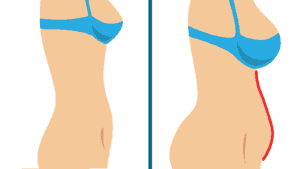
2 – Sleeping
If you sleep a healthy average amount every night, you exhale 200 grams of CO2 as you do so. This means sleeping alone can do so many positive things for weight loss – though, of course, you’d need more than that!
3 – Eat Healthily
The act of eating itself also uses energy as the body needs to use all sorts of components to break down the food you eat. So if you consume healthy amounts of food with good nutritional value, weight loss wins out!
4 – Do Chores
Chores can boost your metabolic rate by an impressive three times! So just doing housework may help you lose weight significantly.
5 – Go For A Walk
Just like doing chores, a simple walk boosts your metabolic rate as it engages processes that break down fat cells.
6 – Do Any Form Of Exercise
Muscles will first use up glycogen stores to power through workouts, but they will eventually turn to fat stores as a source of fuel after a while.
7 – Don’t Forget To Rest
Overdoing things will just make you sick, so don’t forget to take breaks. Besides, even resting uses up components. Science calls this the basal metabolic rate. Essentially, it’s what your body needs to use to make your organs function!
Final Thoughts On What Happens To Your Fat When You Lose Weight
It’s easy to simply say that fat burns off in the form of energy, as that sounds true. But what’s really happening is that they are becoming parts of other processes, parts, and objects. With this knowledge, you’ll be able to better understand the process of fat loss, and hopefully, it will help in your weight loss journey! Good luck, and keep up your positive thinking!

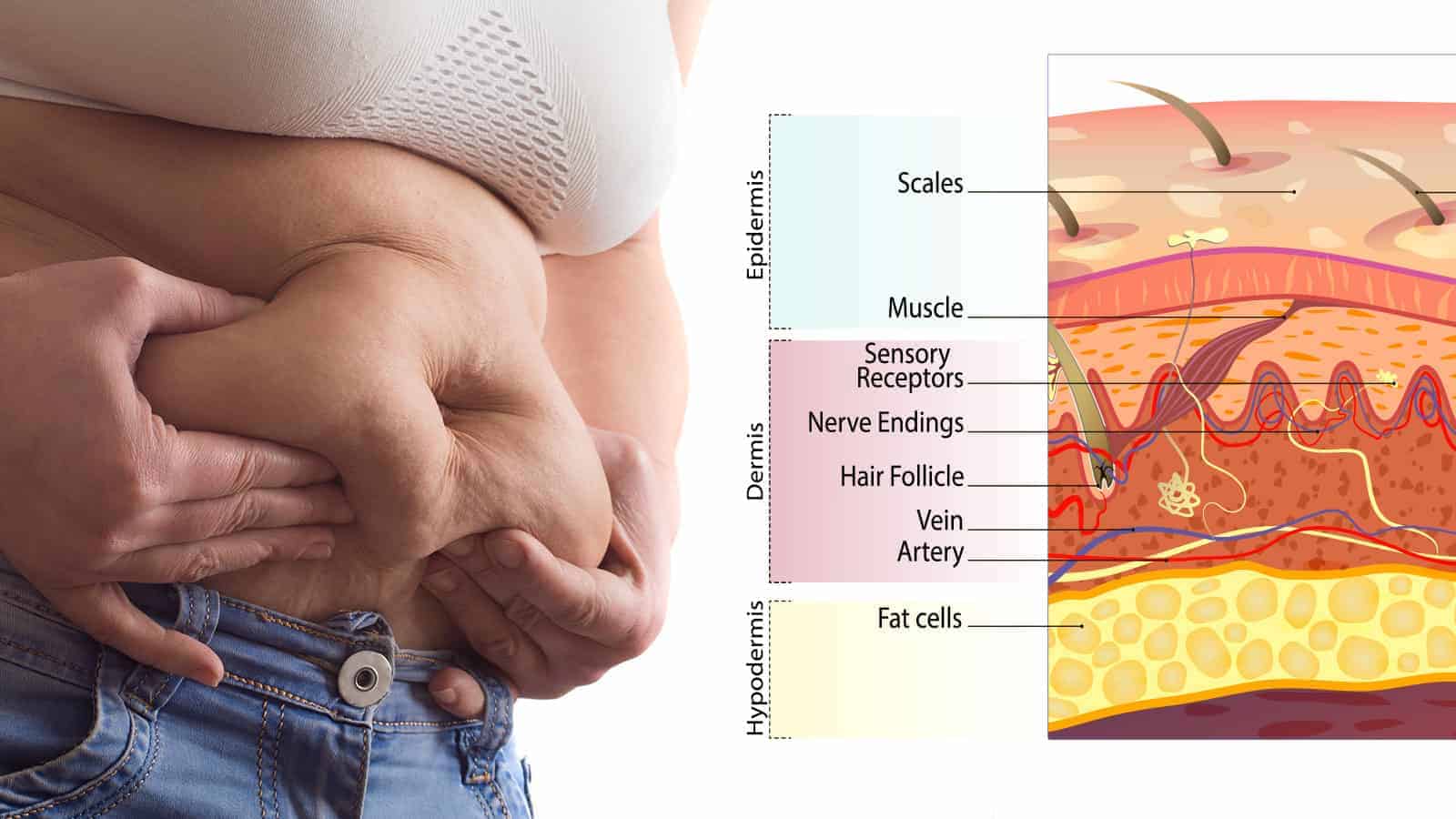

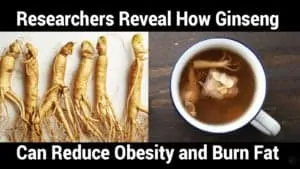
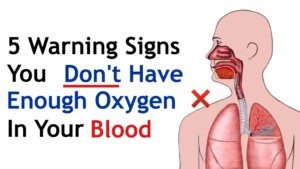
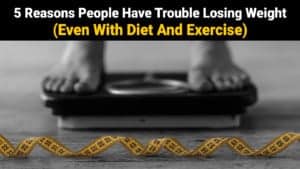
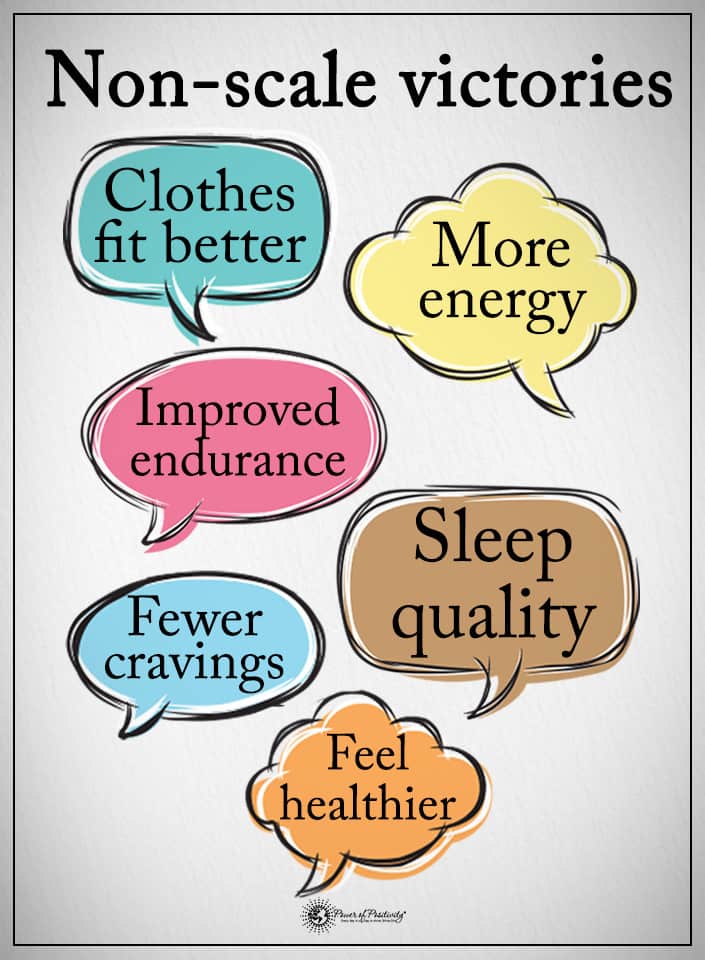










 Community
Community

